Tube feeding presents new responsibilities for patients and caregivers. Whether you are new to tube feeding or seeking more information, this article will address five common questions prior to tube-feeding placement, so you can get a better understanding of what to expect before the procedure.
1. What can I expect from the tube feeding placement procedure?
There are five different types of feeding tubes, and all of them require different methods of placement. Below we’ve addressed naso-gastric (NG-tube), naso-jejunal (NJ-tube), gastrostomy (G-tube), jejunal (J-tube) and gastro-jejunal (GJ-tube) feeding tubes.
Naso-Gastric and Naso-Jejunal Tubes
Based on your needs, your physician, along with the help of a dietitian, will determine the appropriate feeding type for you. Typically, naso-gastric (NG-tube) and naso-jejunal (NJ-tube) feeding tubes are for short-term purposes and will not last longer than three months.
The NG-tube is inserted through the nose and guided through your upper gastrointestinal tract, where it will rest inside the stomach to deliver nutrition. Similarly, the NJ-tube will be inserted through the nose and guided through the upper gastrointestinal tract to rest in the jejunum, which is part of your small intestine, located just beyond your stomach. Placement of these tubes is very easy and can be done bedside in the hospital or in your home by a nurse, dietitian or trained caregiver.
G-Tube, J-Tube And GJ-Tubes
If the physician and dietitian determine that you will need long-term feeding assistance, you could have G-tube, J-tube or a GJ-tube placed. These types of tubes are typically placed surgically by an intervention radiologist, where you will be put under general anesthesia. However, there are some instances where a G-tube can be placed endoscopically or directly through the skin. These procedures are generally quick, and you can expect to go home the same day.
During a G-tube procedure, your stomach will be pulled towards your abdominal wall and a small hole will be created for the tube to be inserted. After initial placement, the G-tube can be changed bedside or in the home. If you are requiring a J-tube, the jejunum will be pulled towards the abdominal wall for the tubing to be placed. If a GJ-tube is needed, the procedure will be like a G-tube procedure, except there will also a tube that extends into the small intestine. The GJ-tube also looks a lot like a G-tube, but there are two different ports, one for stomach access and one for small intestine access as one tube will rest in the stomach and the other will rest in the small intestine. The J-tube and GJ-tubes are typically changed by an intervention radiologist after initial placement.
2. Will it hurt?
After placement, your tube-feeding site may be tender and sore. After a few days, you shouldn’t feel any pain at the site. If you are feeling pain during feedings or notice signs of a potential infection, you should consult your physician right away.
3. Will I ever be able to eat by mouth again?
Now, this is a case by case basis. In some instances, with temporary feeding tubes, like the NG or NJ-tubes, the tubes can be removed after signs of improvements in overall health, nutritional status, and increased oral intake. These types of feeding tubes are typically supplemental, meaning they help you reach your nutrition goals while you continue to eat food. Longer-term feeding tubes like the G-tube, J-tube and GJ-tubes, may be placed to help supplement your nutrition goals, however, some can be placed to provide all your nutrition needs. Your health care team will be able to determine an appropriate treatment plan for you.
4. Will I be able to taste the formula?
Generally, you won’t be able to taste flavored formulas. However, you may experience “flavored burps”, just like you would after eating a meal by mouth.
5. Will people be able to notice that I have a feeding tube?
This depends on the type of tube determined by your health care team. For the NG and NJ-tubes, these tubes will be noticeable as the tubing will extend outside of the nose. The G, J and GJ-tubes, come in two different styles, either a low-profile, known as a “button”, or a high profile. A low-profile tube is flush with the abdomen and will require an extension set for feedings. A high-profile tube extends further outside of the abdomen and will be a little more noticeable compared to the low-profile tube. Your health care team will assist you in selecting the best feeding tube for you and your lifestyle.
The idea of getting a feeding tube can be overwhelming and will present new challenges and responsibilities, but it will ultimately give your body the fuel it needs, so you can stay healthy and either maintain or improve your lifestyle.
Click here to read this article in Spanish.
Related Links:
Bolus/Syringe, Gravity, and Pump Feeds
Emergency Preparedness: Tube Feeding
How to Clean ENFit Extension Sets
Gravity Feeding: How to Determine and Set Appropriate Flow Rate
Tube Feeding A Child: The G-Tube That Saved My Son’s Life & My Sanity
How to Use Your Child’s J-tube (Jejunostomy Tube)
DISCLAIMER: This information is designed for customer use only and does not represent the advice of a medical health professional. Please contact your doctor for explicit advice on your prescription and/or feeding program.









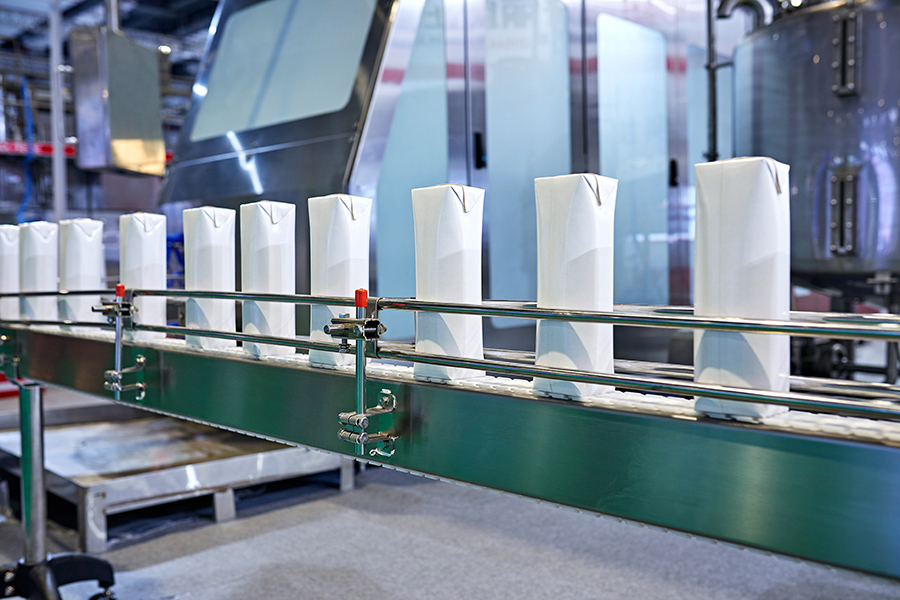

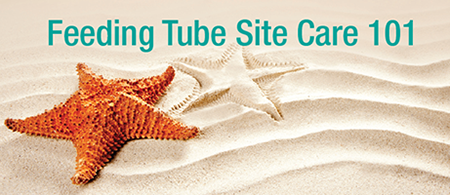

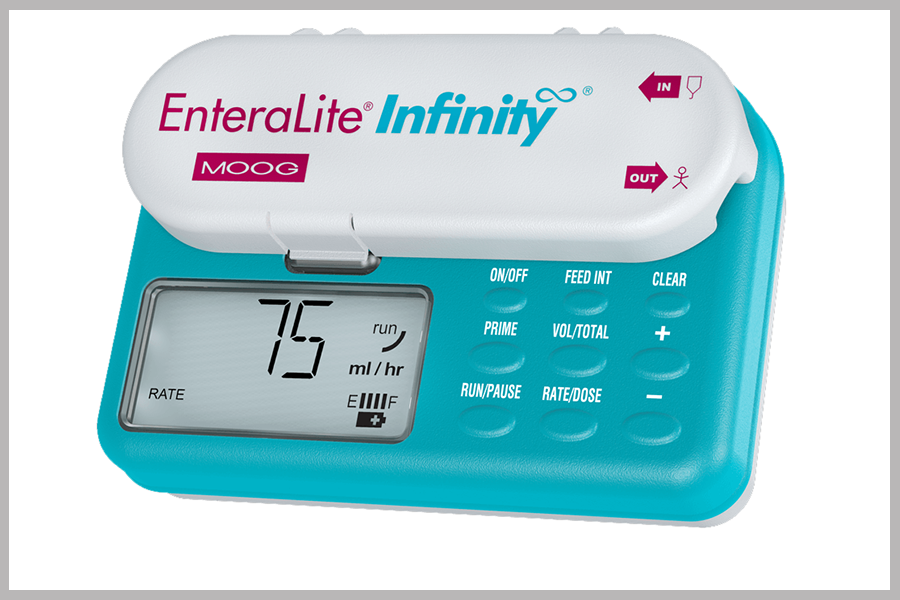

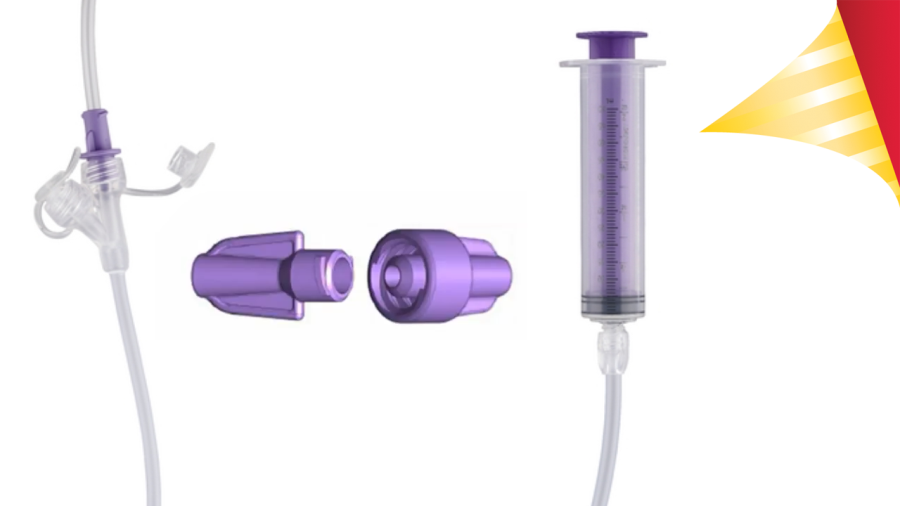

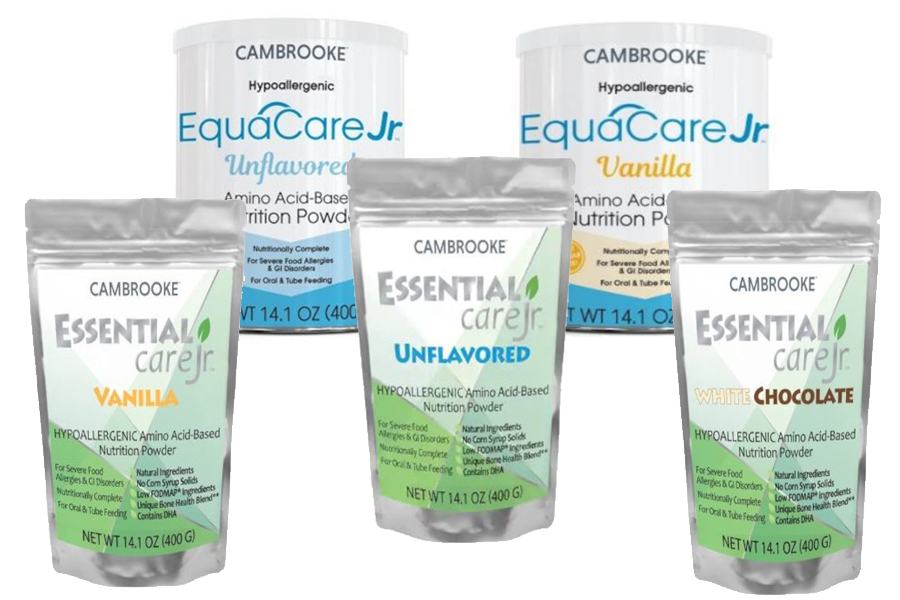
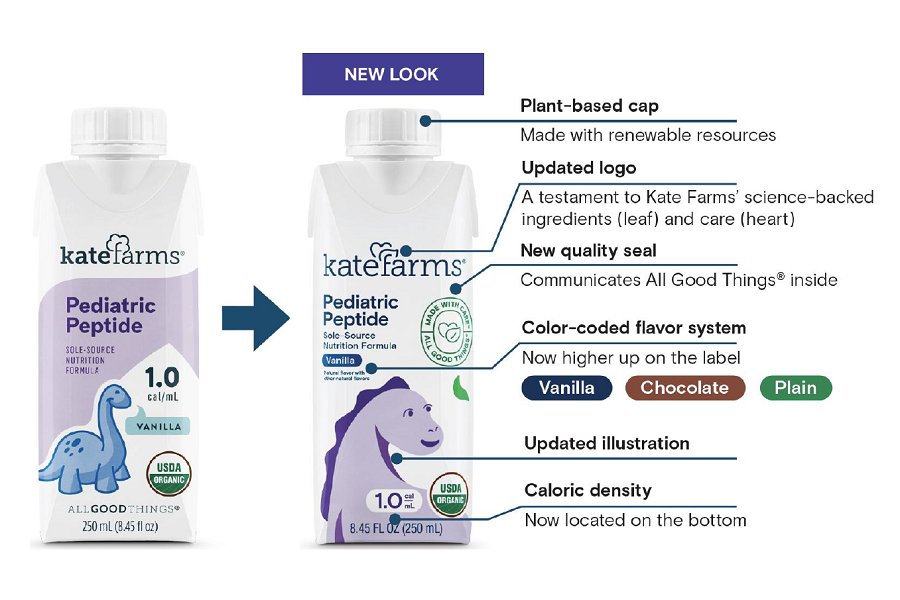

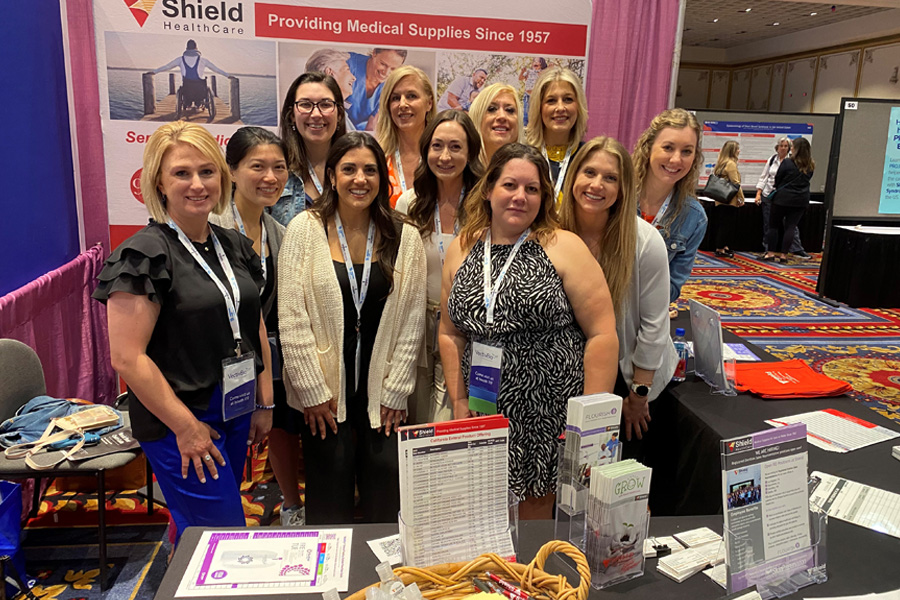


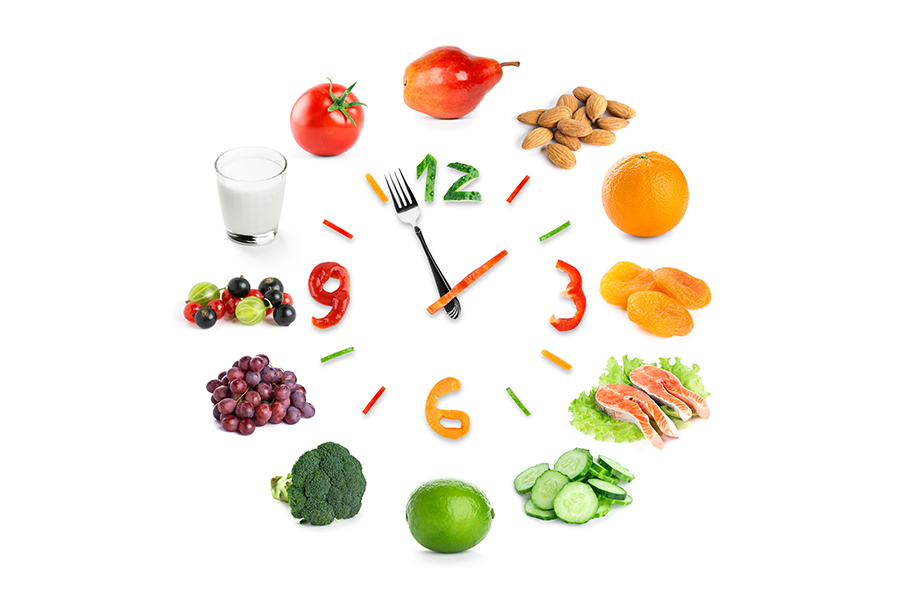
Why am I throwing up when I have a feeding tube in. What is causing this what do I need to do
My husband is in a rehab center and he has a Jpeg feeding tube. He hates the smell of the formula. Are there other varieties out there like strawberry that has a better smell?
I have question. My boyfriend has just got a feeding tube put in. He does not want to use it unless he cant get ensure down. He has had it for five days it has remained capped. It looks dirty inside the tube. Are we supposed to be flushing it out even if it is not being used?
My foster son was born with TEF/EA and has a gtube for nutrition. He is able to eat orally during the day and receives additional nutrition at night through the gtube. When he sees us drinking soda he wants to have some. Is it safe for him to have? Are there any foods or drinks we should not give to him?